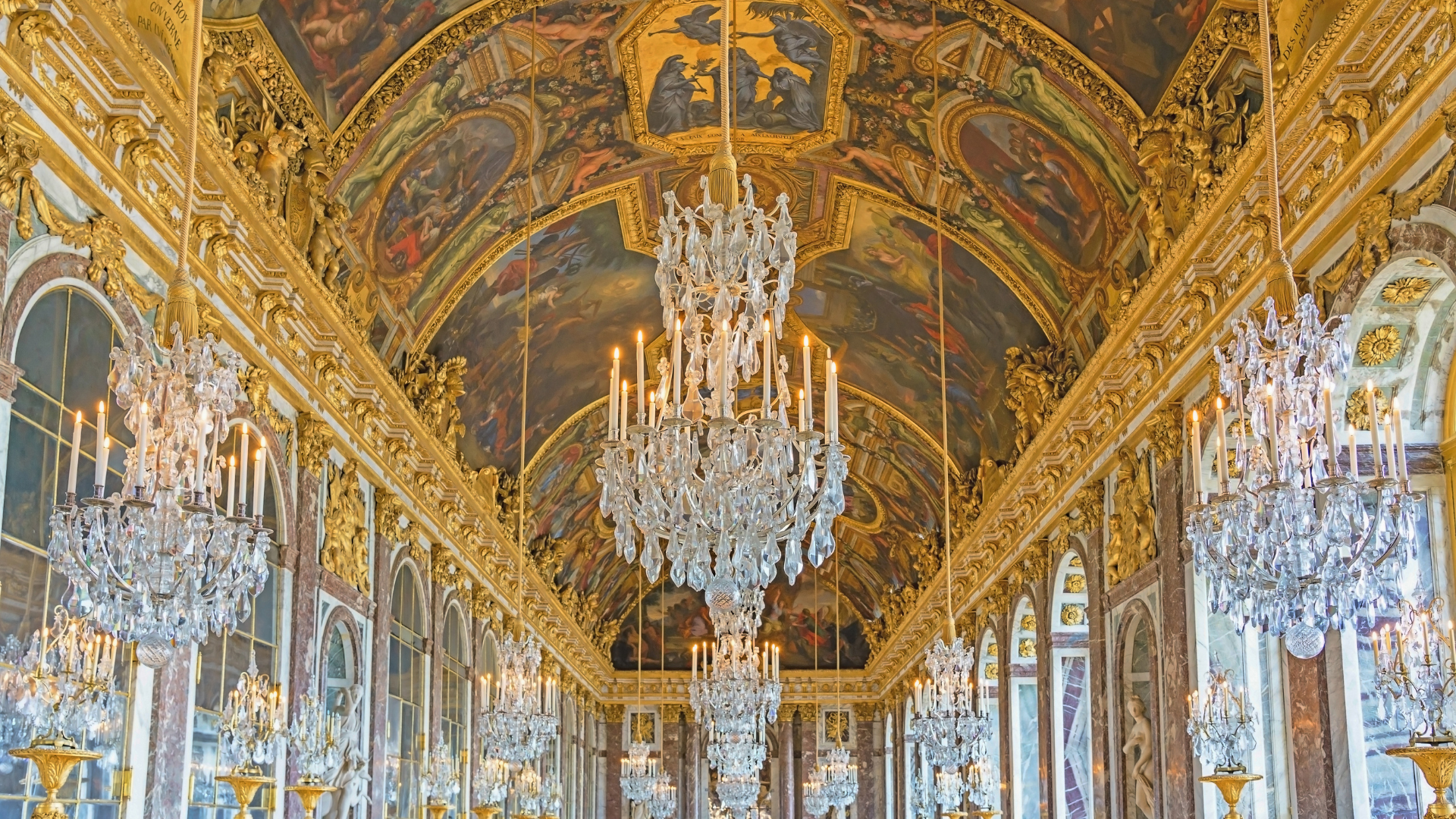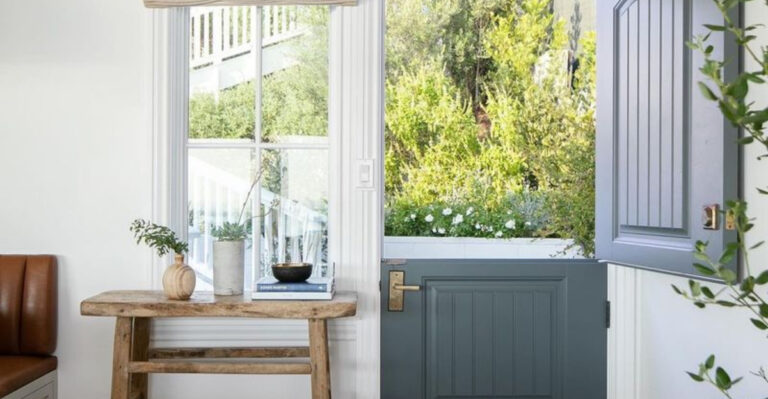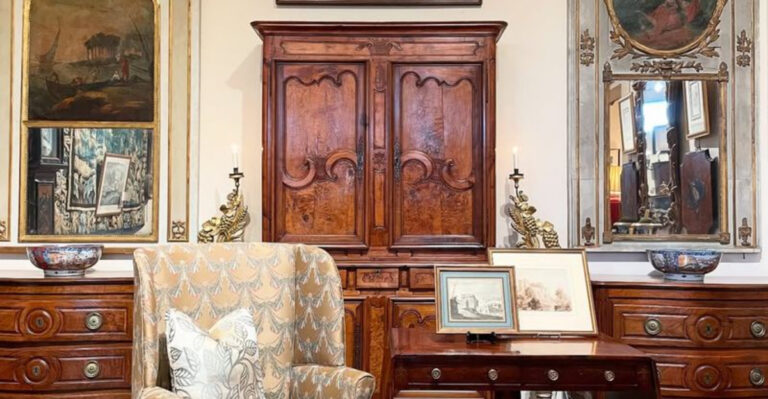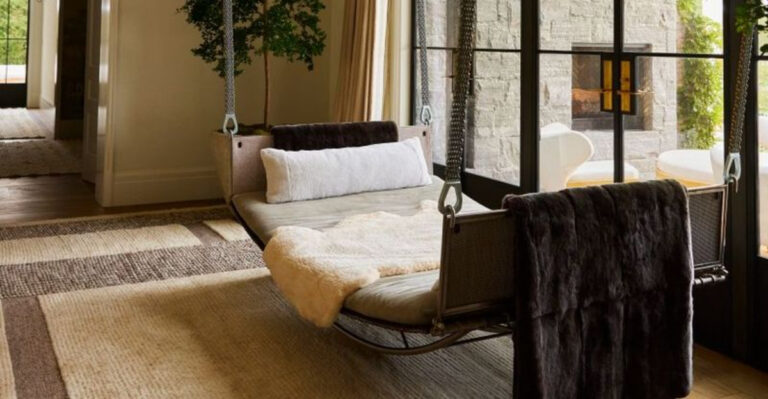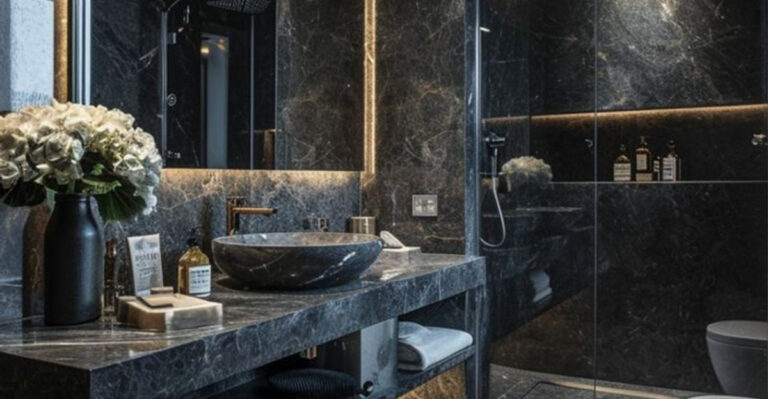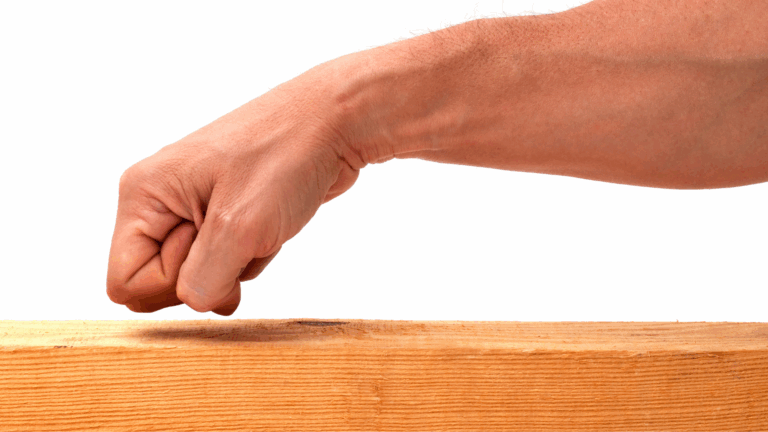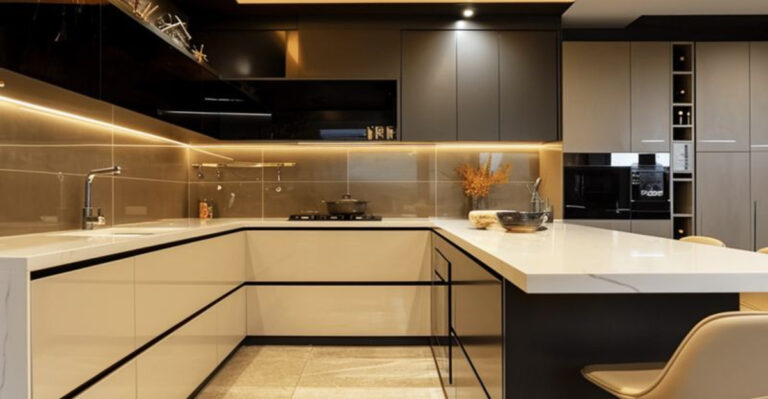Here Are 16 Most Extravagant Displays Of Wealth I’ve Seen
I’ve always been fascinated by the Gilded Age, that time between the 1870s and early 1900s when America’s wealthiest families built some of the most extravagant homes imaginable.
These mansions weren’t just big, they were filled with imported art, custom furnishings, and jaw-dropping architectural details. After visiting a few of these historic houses, I wanted to share some of the features that really stood out.
Even after more than a century, they still leave a lasting impression. It’s amazing how much care (and money) went into every corner, just to make a statement about success.
1. Gold-Leafed Everything At The Breakers
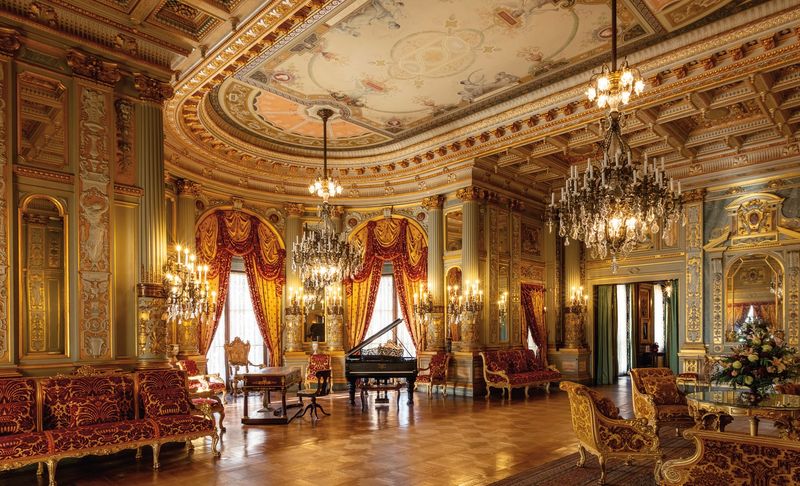
Ever seen a room where nearly every surface gleams with actual gold? At The Breakers in Newport, the Vanderbilts didn’t just add a touch of gold leaf, they plastered it everywhere.
The 70-room Italian Renaissance palace features ceilings covered in 22-karat gold that required specialized craftsmen imported from Europe.
My tour guide mentioned that if all the gold in the mansion were melted down, it would be worth millions today.
2. Marble House’s $11 Million Bathroom
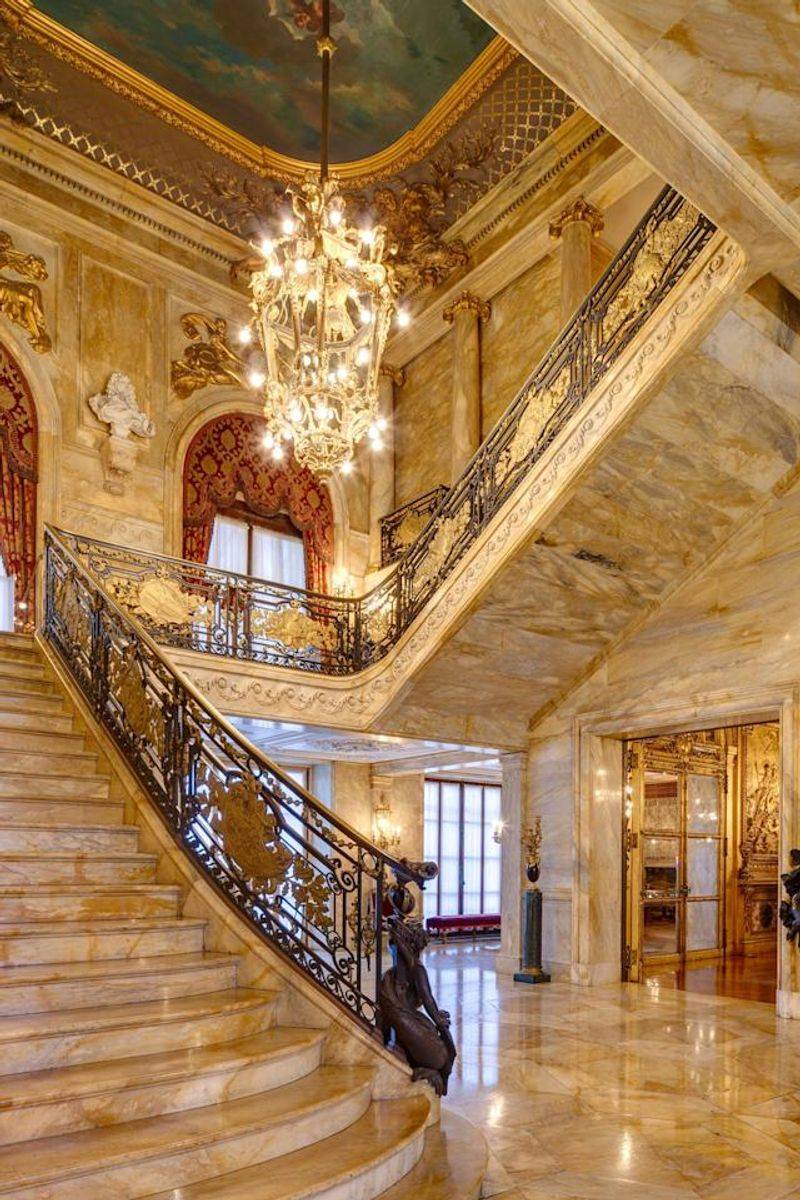
Though it sounds bonkers now, William K. Vanderbilt dropped what would be $11 million in today’s money on a single bathroom at Marble House.
The walls, floor, and tub are carved from rare yellow Siena marble imported directly from Italy. Workers spent three years just installing this bathroom!
There’s even a solid silver bathtub faucet shaped like a swan, because regular faucets were apparently too pedestrian for the Vanderbilt family’s washing needs.
3. Rosecliff’s Versailles-Inspired Ballroom
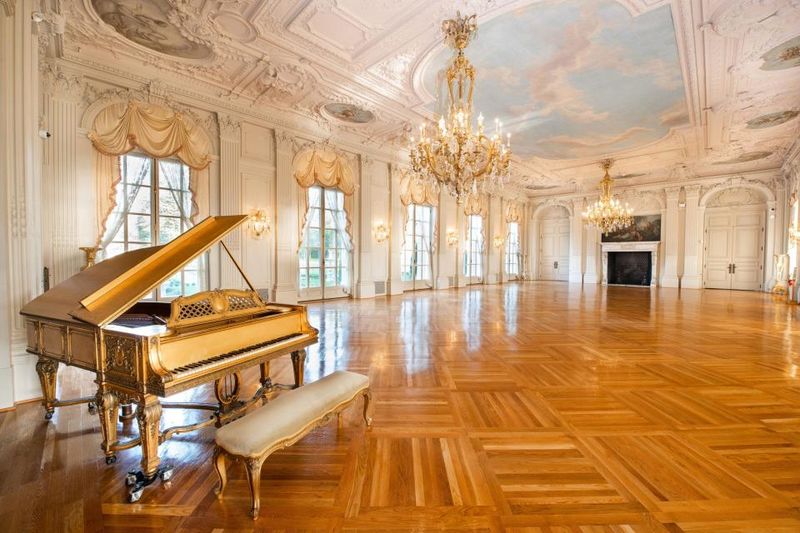
If you’ve seen any of the Great Gatsby movies, you might recognize Rosecliff’s ballroom, it’s been featured in several films! Modeled after the Hall of Mirrors at Versailles, this 40×80-foot space is the largest private ballroom in Newport.
The room sparkles with 12 massive crystal chandeliers that required their own dedicated electrical generator when built in 1902.
Silver heiress Theresa Fair Oelrichs hosted legendary parties here where guests once included Harry Houdini performing magic tricks.
4. Underground Coal Railway At Biltmore
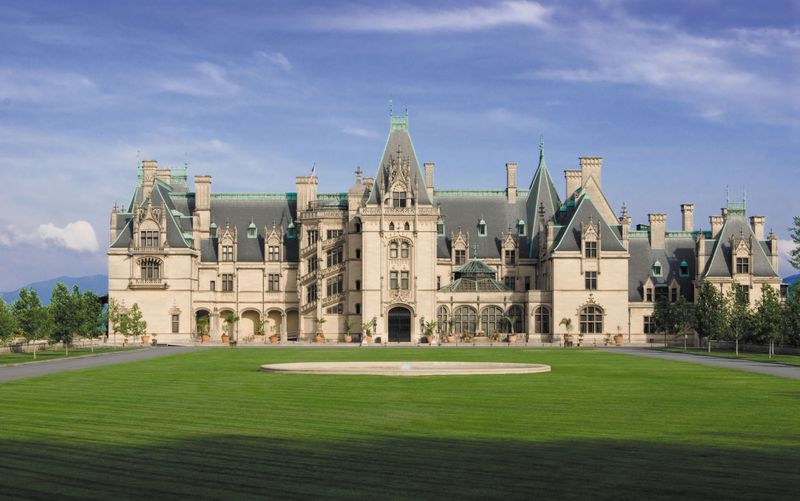
Who needs to carry coal when you can build a miniature railway? George Vanderbilt’s 250-room Biltmore Estate in Asheville features an underground coal delivery system that would make any model train enthusiast jealous.
Small rail cars transported tons of coal beneath the mansion to feed the 41 fireplaces. The estate even had its own railroad branch built just to deliver construction materials!
Sometimes I wonder if Vanderbilt built this elaborate system simply because he could.
5. Solid Silver Dining Table At The Elms
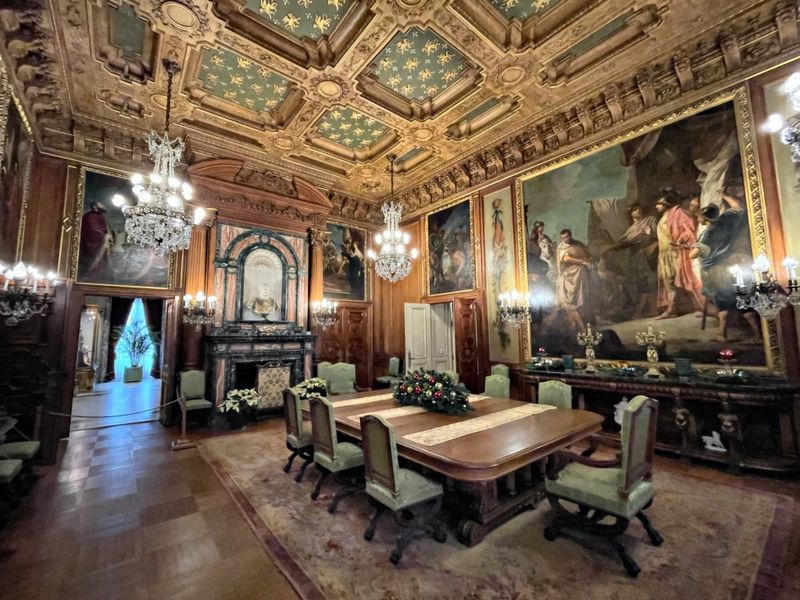
Imagine hosting dinner on a table worth more than most houses! The Elms’ coal baron owner Edward Berwind commissioned a dining table made entirely of sterling silver for special occasions.
When not dazzling guests, the table breaks down into sections and stores in a vault.
The mansion also features a special refrigerated room just for storing flowers before arrangements—because fresh blooms were non-negotiable, even in winter when they had to be shipped from Europe.
6. Château-sur-Mer’s Room-Sized Mirror
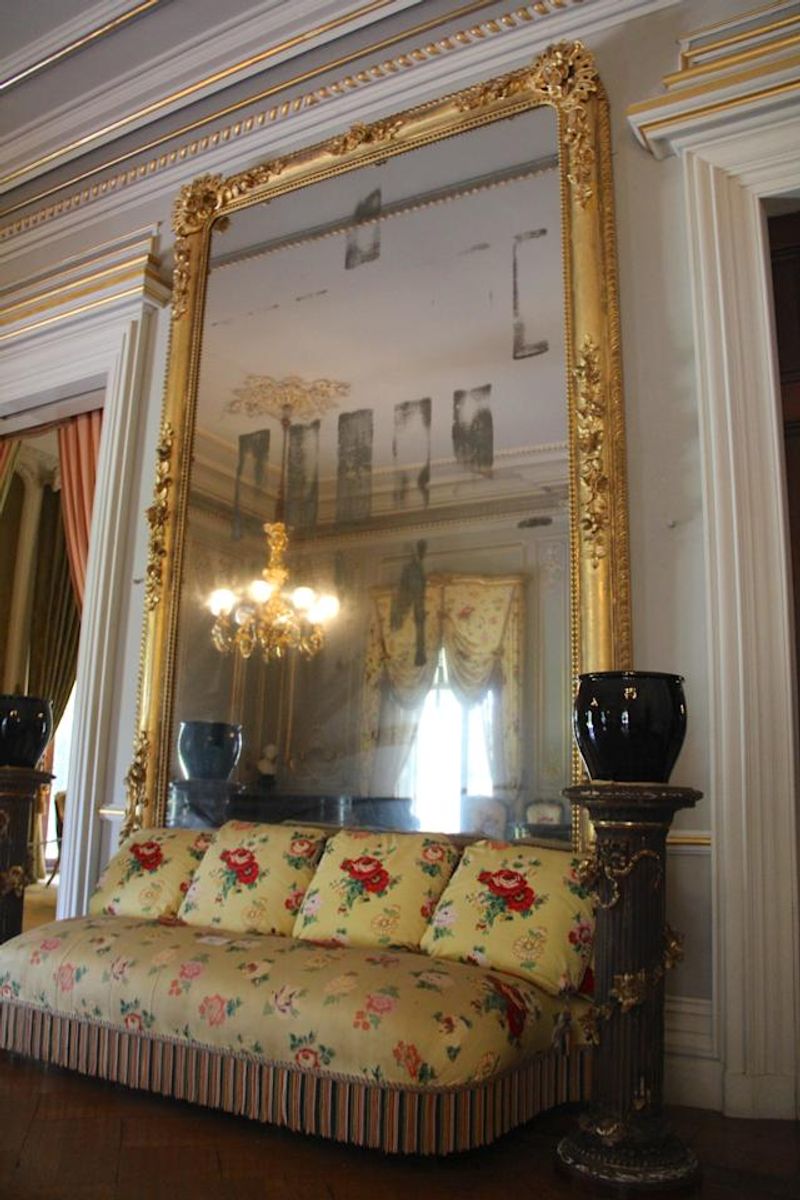
Before modern manufacturing, large mirrors were insanely expensive status symbols. Château-sur-Mer’s ballroom features a single mirror so massive it had to be transported by specialized ship from France.
The mirror stands over 12 feet tall and was reportedly insured for more than the average worker’s lifetime earnings!
What makes it extra fancy? The frame is carved wood covered in real gold leaf, and the glass itself contains actual silver, giving it a slightly different reflection quality than modern mirrors.
7. Lyndhurst’s Gothic Castle Bowling Alley
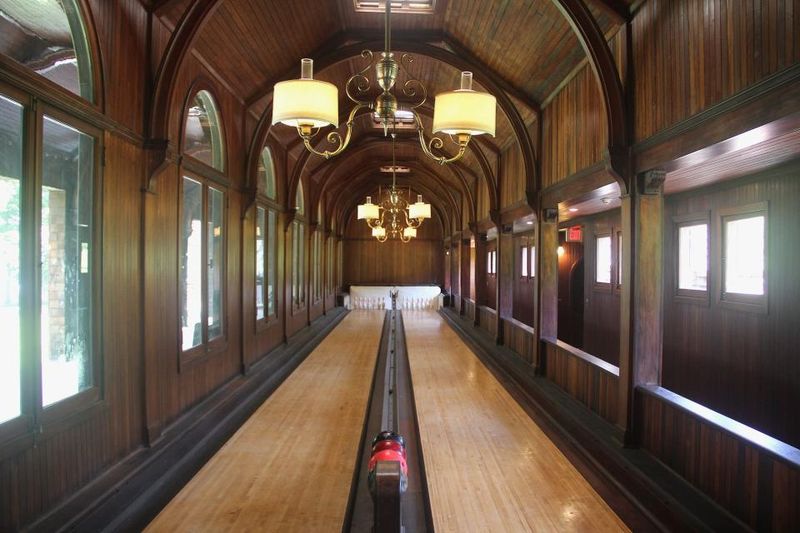
Long before home theaters became a thing, railroad tycoon Jay Gould had something even cooler—America’s first private bowling alley built in his Gothic castle on the Hudson River.
The 1894 two-lane alley features handmade wooden pins and balls, with an elaborate scoring system that required a servant to calculate.
There’s even a special mechanism to reset the pins without someone having to walk down the lane! My tour guide mentioned that Gould rarely used it himself—it was mainly built to impress visitors.
8. Staatsburgh’s 400-Year-Old Persian Carpet

Not satisfied with ordinary floor coverings, the Mills family at Staatsburgh splurged on one of the largest Islamic carpets in existence.
The dining room boasts a 400-year-old Persian masterpiece measuring a whopping 20 by 40 feet. When I asked about its value, the tour guide just laughed and said “priceless.”
The floor beneath is 1-inch-thick Vermont marble, installed not for beauty but to muffle kitchen noise. Talk about solving problems with money!
9. Hearst Castle’s Roman Pool

Media mogul William Randolph Hearst didn’t just want a swimming pool, he demanded an indoor Roman bath that would make Caesar jealous!
The mosaic-lined pool at Hearst Castle contains over one million tiles, many infused with actual gold. Eight marble statues of Greek and Roman gods watch over swimmers.
The most bonkers part? Despite spending a fortune on this aquatic masterpiece, Hearst himself rarely swam in it. He preferred the outdoor Neptune Pool, making this essentially a $10+ million room for occasional guest use.
10. Oheka Castle’s Artificial Hill
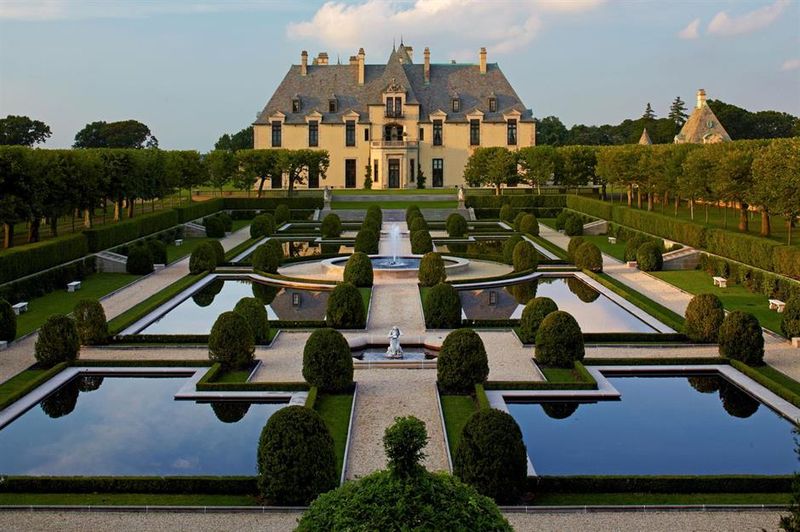
When financier Otto Kahn couldn’t find the perfect spot for his dream home, he simply created one! Unhappy with the flat Long Island landscape, Kahn had workers move 4,000 tons of earth to create an artificial hill.
Why go to such trouble? He wanted his 127-room French château to have a commanding view over Cold Spring Harbor.
The project employed 800 laborers and cost millions in today’s dollars—all so guests would have to literally look up to his mansion as they approached.
11. Rough Point’s Private Art Museum
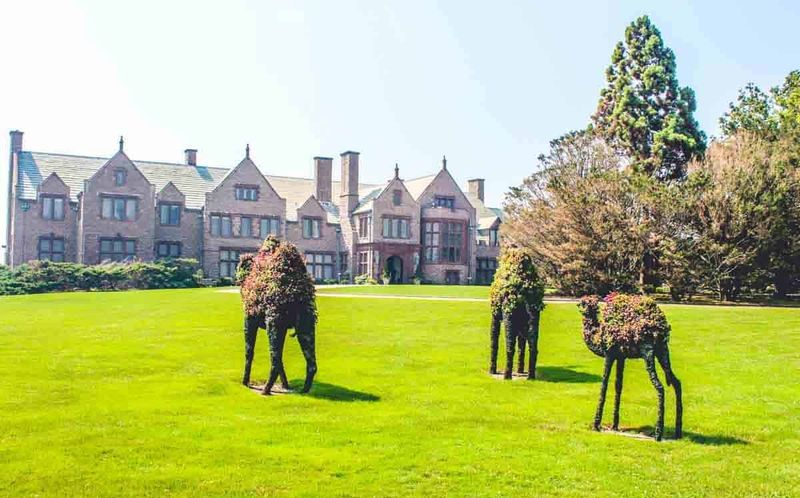
Tobacco heiress Doris Duke turned her Newport mansion into what’s basically a private Met Museum. Walking through Rough Point feels like someone robbed the Louvre. There are Renoirs casually hanging in bathrooms!
The Music Room contains a $45 million Vermeer painting displayed next to priceless Chinese porcelain. My favorite ridiculous detail? Duke’s two pet camels, Princess and Baby, lived on the oceanfront lawn during summers.
They even had custom-made diamond collars worth more than most people’s retirement accounts.
12. Whitehall’s Marble Palace For A Winter Home
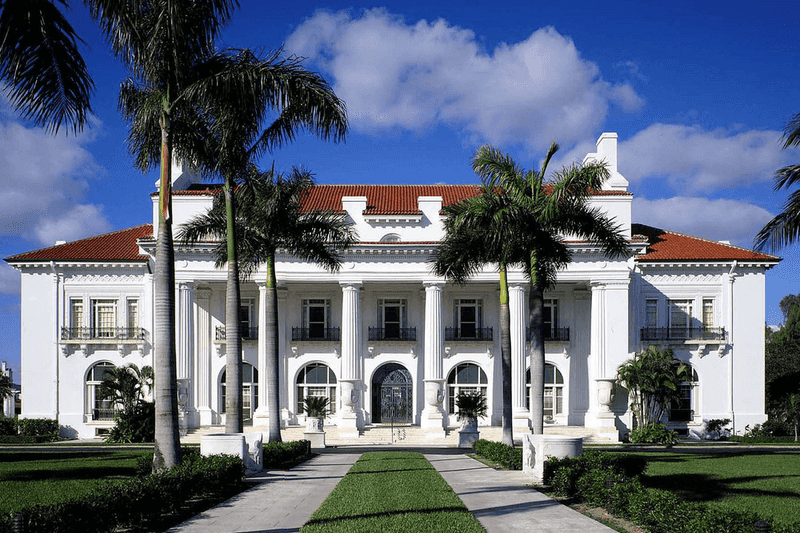
Henry Flagler built a 75-room, 100,000-square-foot marble palace in Palm Beach that he only used for three months each year! As a winter retreat!
This railroad tycoon’s seasonal home features a 1,249-pipe organ that required its own full-time employee to maintain.
The most outlandish part? Flagler installed gold-plated water faucets throughout the mansion’s 22 bathrooms, because nothing says “I’m rich” like washing your hands with water flowing through precious metals.
13. Kingscote’s Tiffany Glass Dining Room
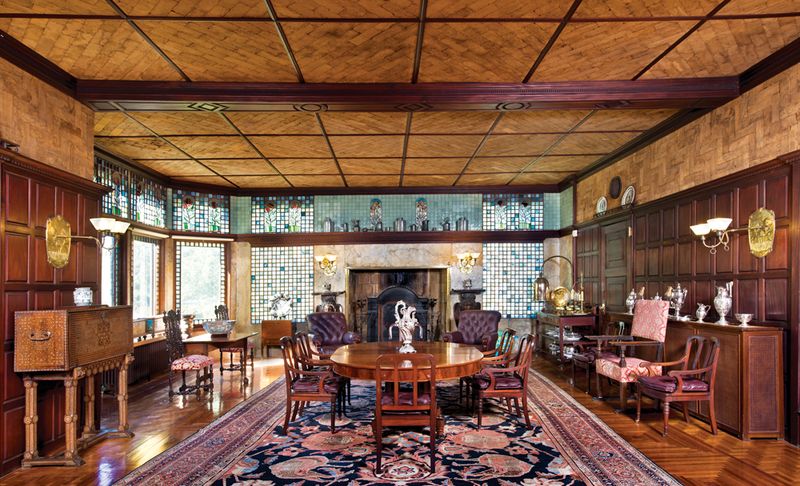
Before Tiffany lamps became collectibles, the King family commissioned Louis Comfort Tiffany to create an entire dining room out of his revolutionary iridescent glass.
The cork ceiling at Kingscote was a technological marvel meant to absorb sound during dinner parties. What blew my mind was learning that the entire room, wall panels, ceiling, and furniture, was assembled at Tiffany’s New York workshop, then disassembled and shipped to Newport.
The opalescent glass bricks in the walls change color throughout the day as sunlight shifts.
14. The Mount’s $50,000 Book Collection
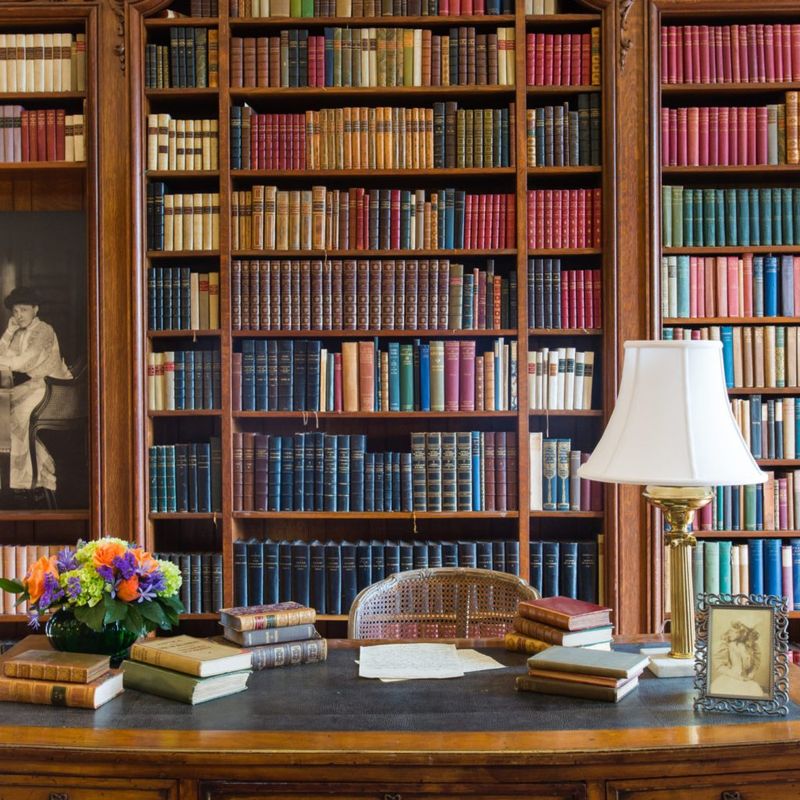
Author Edith Wharton’s library at The Mount might seem modest compared to other Gilded Age excesses, until you realize her 2,700-volume collection was worth over $50,000 in 1905 money. That’s over $1.5 million today!
Many volumes were personally inscribed by her famous friends like Henry James. What makes this extravagance unique is that unlike other mansion libraries (often filled with books the owners never read), Wharton actually used hers.
Her personal annotations show she devoured these expensive treasures rather than just displaying them.
15. Vizcaya’s Boat-Shaped Stone Barge
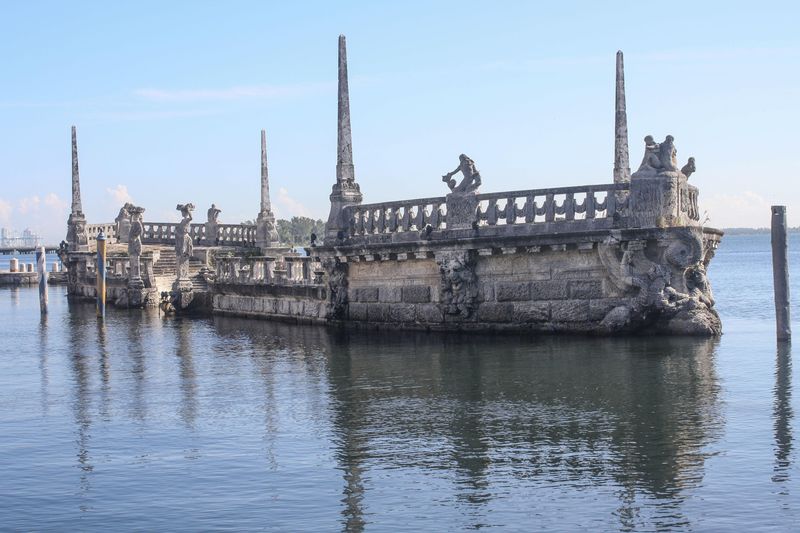
Agricultural machinery magnate James Deering wasn’t content with a regular waterfront mansion. He built a massive stone “boat” jutting into Biscayne Bay!
This full-sized stone replica of an Italian barge at Vizcaya serves as a breakwater and party space. Carved sea creatures and mythological figures decorate this artificial ship that never sails.
During Prohibition-era parties, real boats would dock alongside this stone vessel to unload champagne and guests. The stone barge alone cost more to build than most people’s entire estates!

